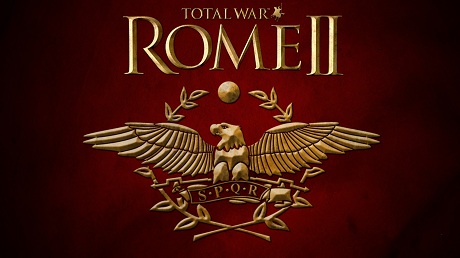Assault Dieres - Carthaginian Infantry
With a ramming attack that can break an enemy hull, these ships are deadly weapons.To take up arms for Carthage is to defend hearth, home and faith.
The waterline ram was first mounted on a vessel in around 850BC. Warships and naval tactics were transformed. Ships were no longer platforms for infantry battles on the water; the ship itself became the weapon. Galleys changed as the new reality sank in. Ramming at speed would hole and sink an enemy, therefore slimmer, faster, handier ships were required. More speed on demand obviously required more oars a fast ship with a single row of oars ended up being stupidly, impractically long. The solution, then, was to put in a second set of oars above the first, but slightly offset to allow for rowers' benches. These biremes, a Latin word meaning 'two oars', or dieres, the Greek equivalent, were no longer than previous designs but had twice the number of rowers. They were fast, manoeuvrable, and could carry a fighting contingent. Some nations also gave their bireme crews fire pots; these clay pots filled with oil and pitch were hurled at enemy ships in the entirely reasonable hope of setting them ablaze.
(Carthaginian Infantry)
Recruited from among descendants of Phoenician settlers and the native Lebu, Garamantian, and Berber peoples of the Sahara these troops were the largest non-mercenary Carthaginian contingent in the army. Colonising the African coast from around the 1st millennium BC, the Phoenicians founded Carthage and other cities, later known as Leptis Magna and Sabratha. Important trading centres, they acted alongside Tingis, which was founded by their Carthaginian descendants, and the Greek colony of Cyrene as gateways into Africa and the western Mediterranean. By the 5th century BC, however, the three Libyan cities had passed under the control and protection of Carthage and its mercantile dominance. Mixing together a variety of eastern and Saharan customs, and influenced by contact with much of the Mediterranean through their trading network, the Liby-Phoenicians were varied in their style of dress and armament.
日本語化: JapanTotalWarとは
Unit Name Assault Dieres - Carthaginian Infantry |
Main Unit Key inv_car_greek_two_Infantry |
Land Unit Key inv_car_Infantry |
Naval Unit Key greek_two |
Soldiers 60 |
Category Light Ship |
Class 近接艦 |
Custom Battle Cost 500 |
Recruitment Cost 500 |
維持費 100 |
Missile Damage 32 |
├ Missile Weapon rome_javelin_precursor |
├ Projectile javelin_prec |
├ Missile Damage 20 |
├ Missile Ap Damage 12 |
└ Base Reload Time 15 |
Accuracy 5 |
Range 40 |
Reload 0 |
Shots Per Minute 4 |
Ammunition 2 |
Ship Health 501 |
└ Ship greek_two |
Ship Speed 6 |
Melee Attack 41 |
Weapon Damage 36 |
├ Melee Weapon rome_kopis |
├ Melee Damage Base 30 |
├ Melee Damage Ap 6 |
├ Armour Piercing No |
├ Bonus vs. Large 0 |
├ Bonus vs Elephants 0 |
└ Bonus vs Infantry 0 |
Charge Bonus 18 |
Melee Defence 51 |
├ Base Defence 26 |
├ Shield thureos |
└ Shield Defence 25 |
Armour 75 |
├ Armour spolas_improved |
├ Armour Defence 40 |
└ Shield Armour 35 |
Health 60 |
├ Man Entity rome_infantry_very_heavy |
├ Man Health 45 |
└ Bonus Hit Points 15 |
Base Morale 55 |
Abilities
Assault Dieres- Row Hard 10
Increases speed for 10 strokes.
Ship speed
Attributes
- 確固たる規律
この部隊は、将軍が死亡しても士気ペナルティを被らない。また、他の部隊よりも敗走後復帰する確率が高い。 - 隊形維持
この部隊は、白兵戦時に隊形を維持しようとする。 - 潜伏 (森)
この部隊は、敵がすぐそばに接近するまで森に潜伏する事ができる。 - 暑さ耐性
Tこの部隊は、砂漠による疲労を受けにくい。
Strengths & Weaknesses
Assault Dieres- Very poor hull strength
- Very light crew
- Fast speed
- Weak ramming
- Good boarding
- Good attack
- Average defence
- Average damage but low armour penetration
- Normal morale
| Requires Buildings | |
|---|---|
|
Drydock
(inv_car_port_military_3) Level 2
Military Port
(inv_car_port_military_4) Level 3 |
|
| Faction Availability | |
|---|---|
| Rise of the Republic | |


 English
English Français
Français Italiano
Italiano Deutsch
Deutsch Español
Español Русский
Русский Čeština
Čeština Polski
Polski Türkçe
Türkçe 简体中文
简体中文 正體中文
正體中文
